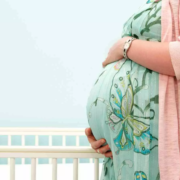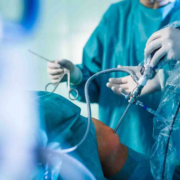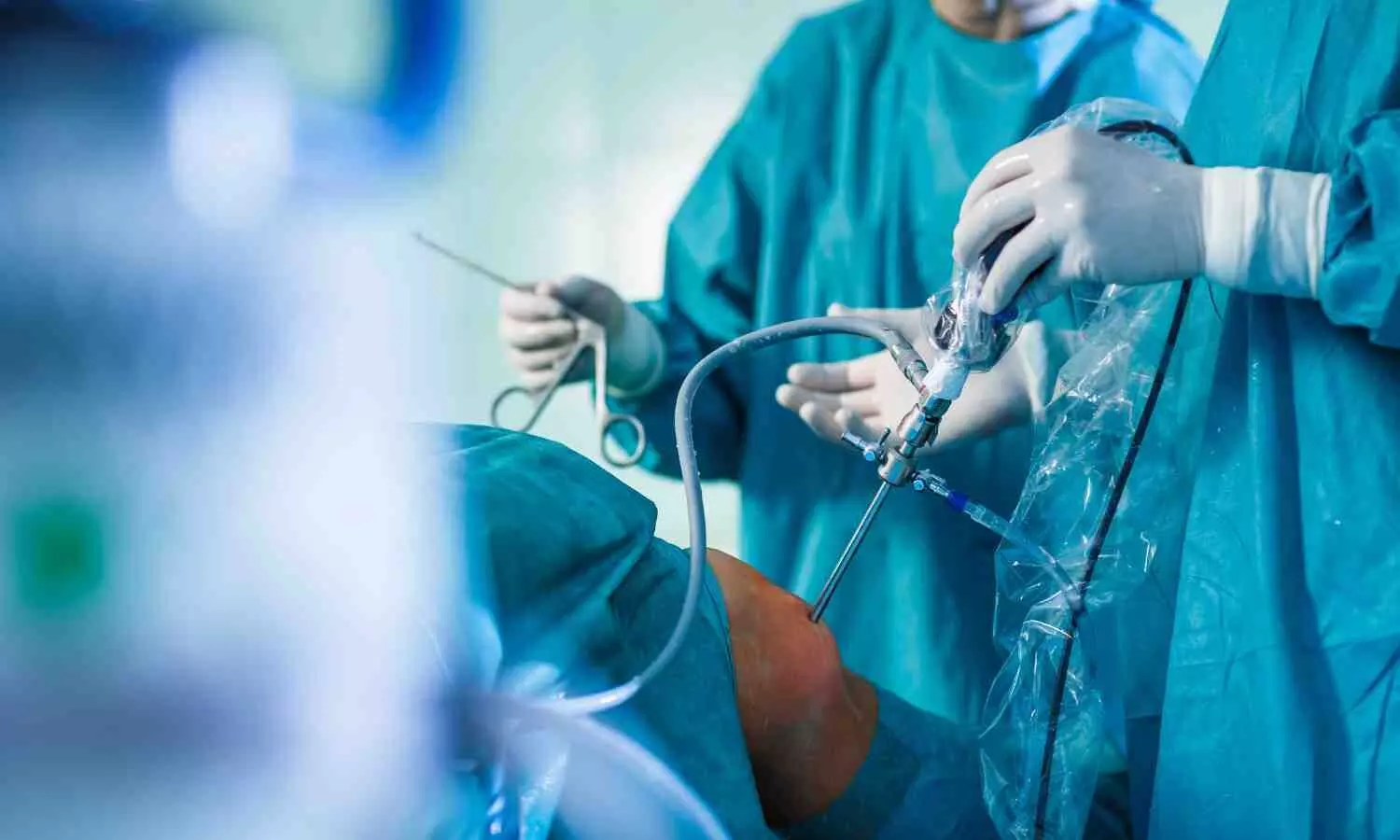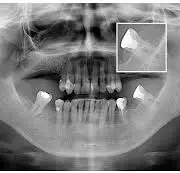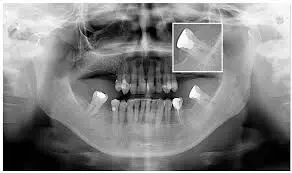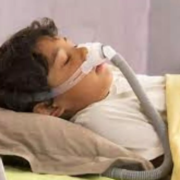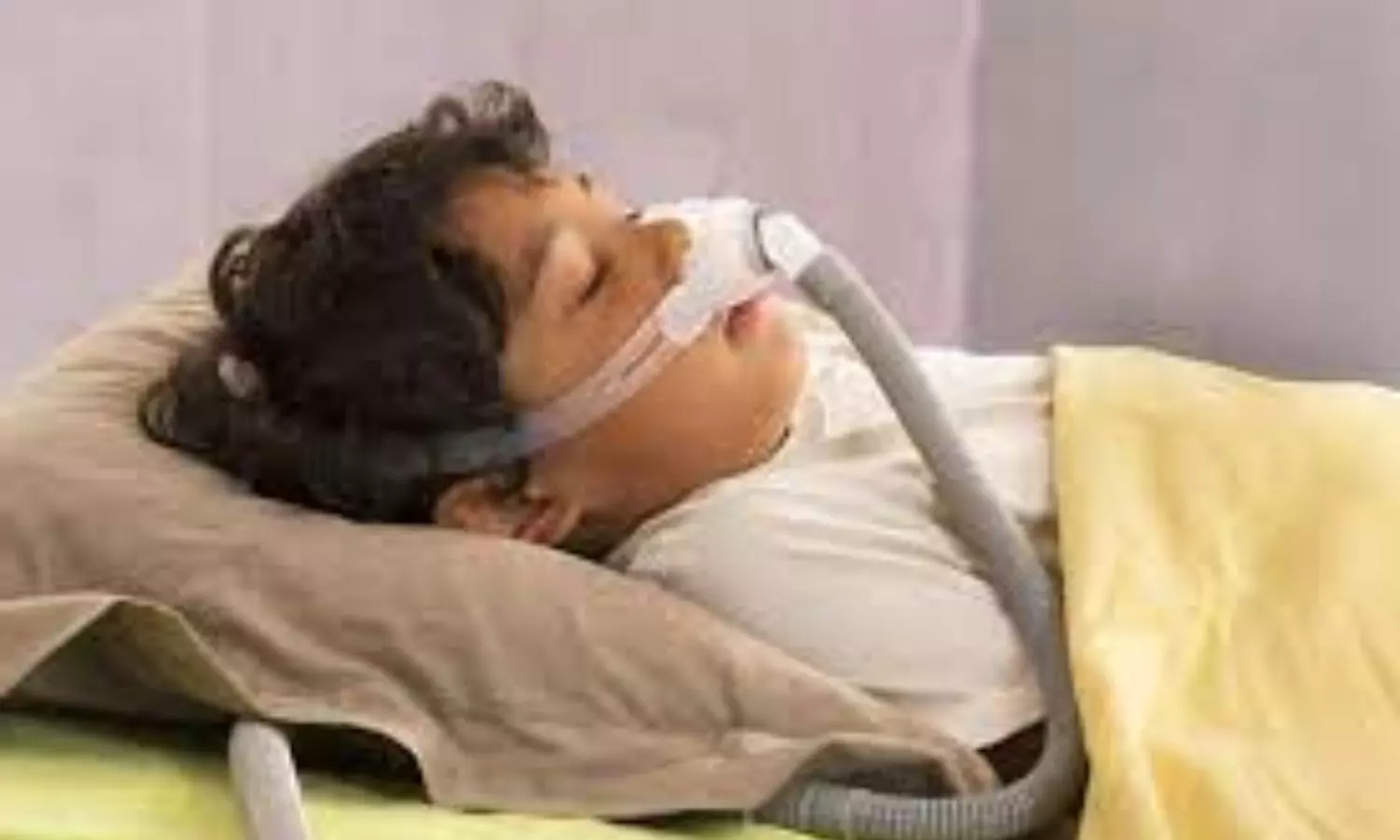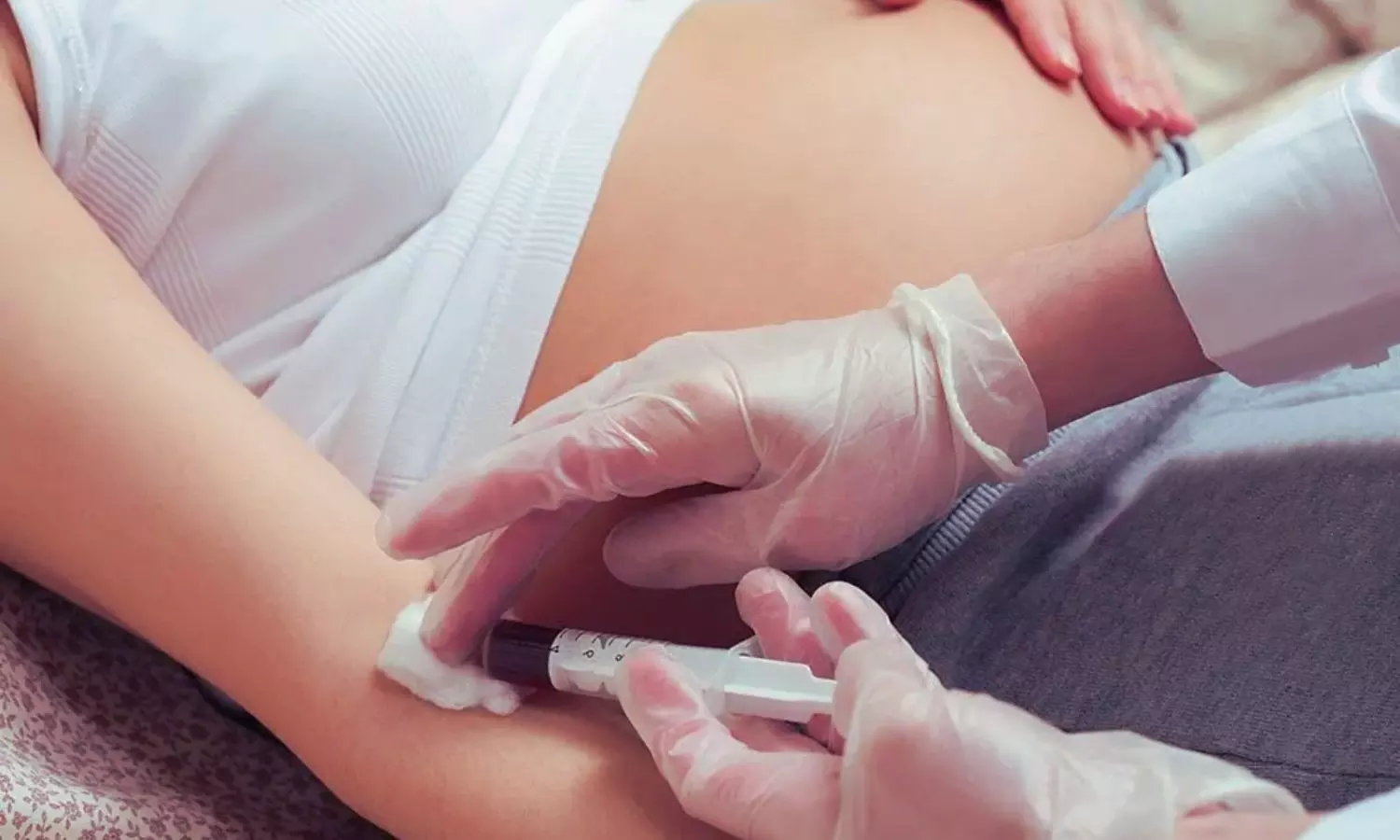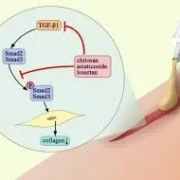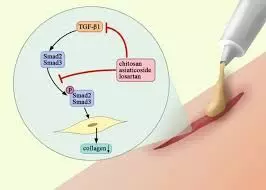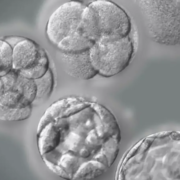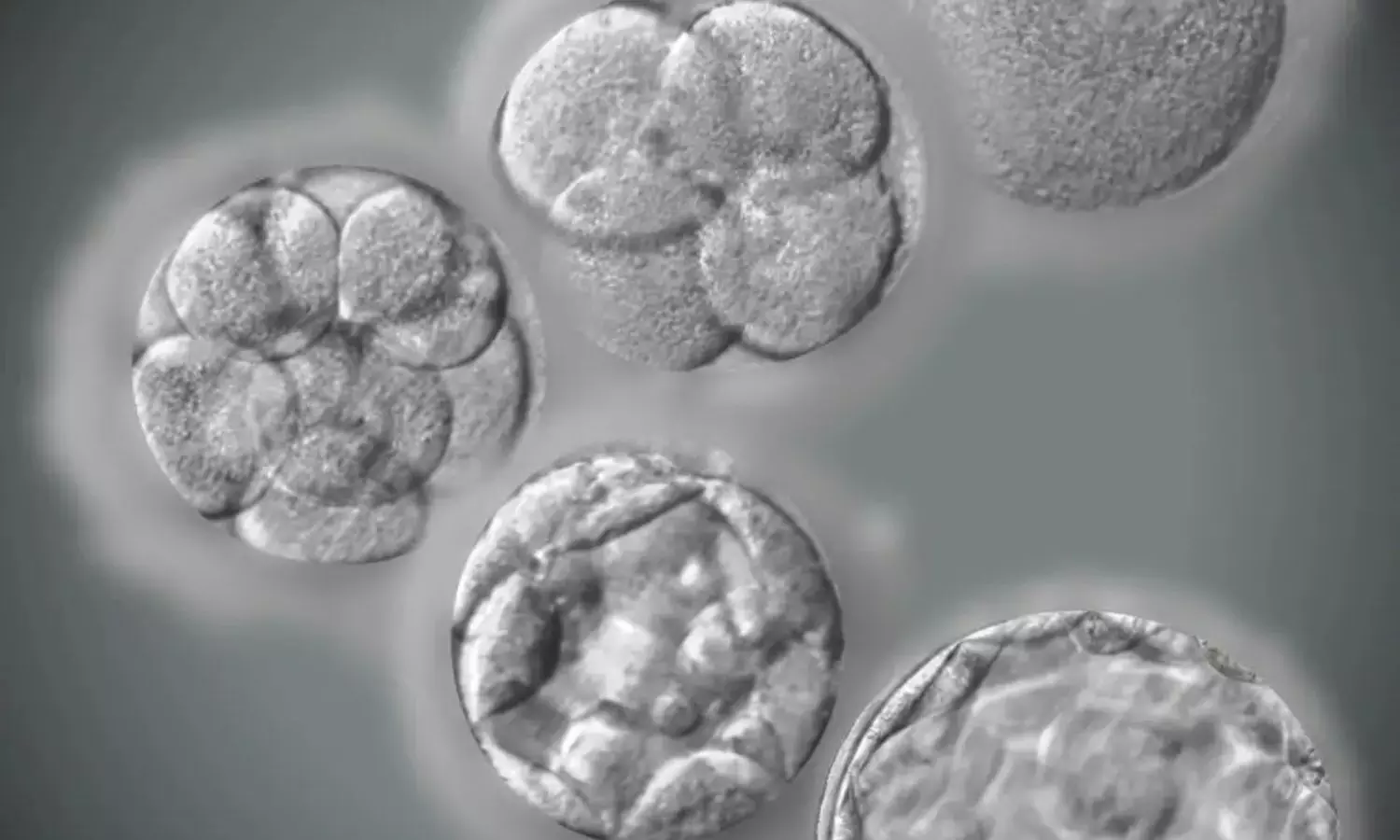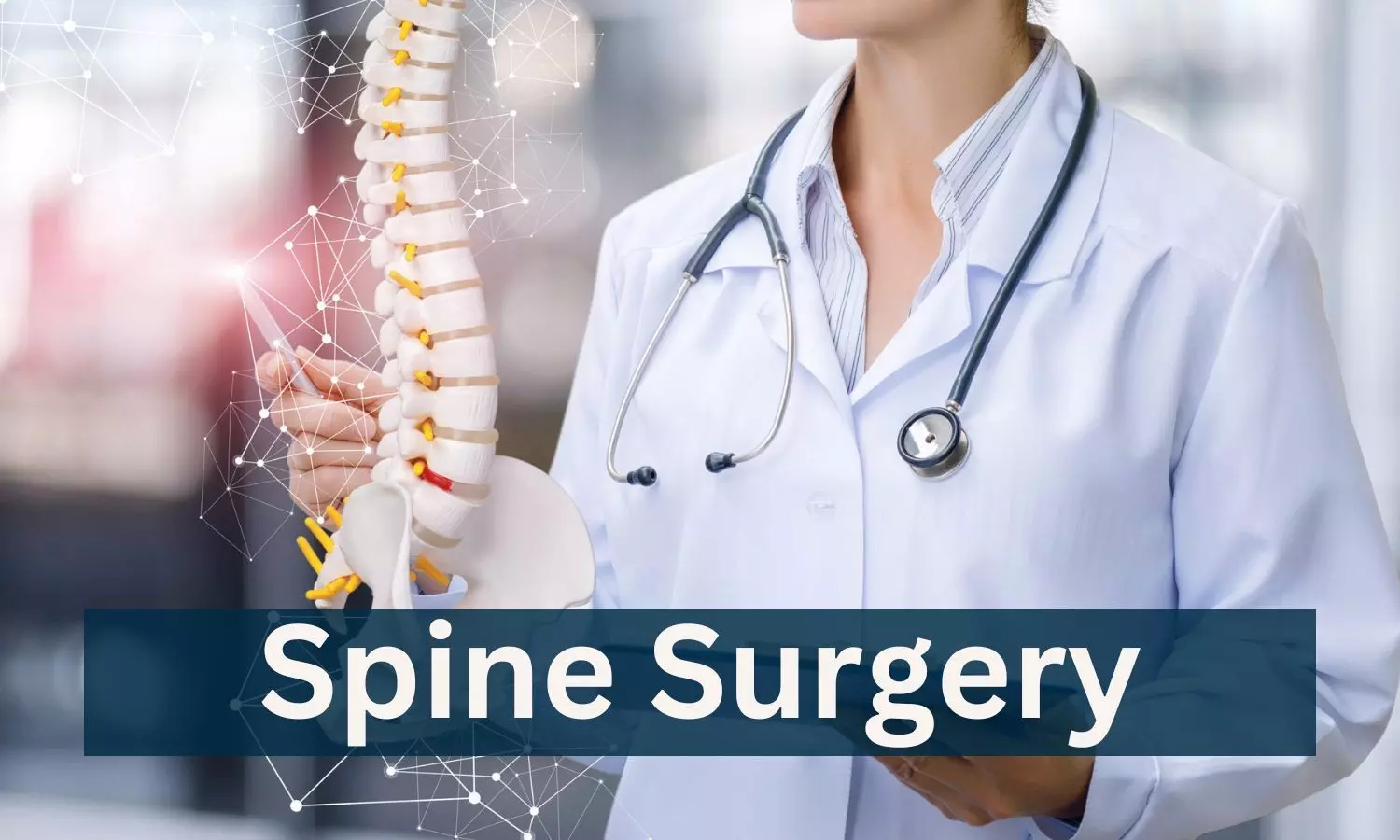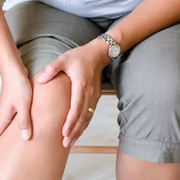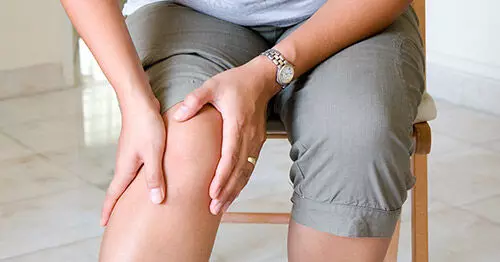Experimental study reveals Effectiveness of membrane sweeping with cervical massage for pre-induction cervical ripening
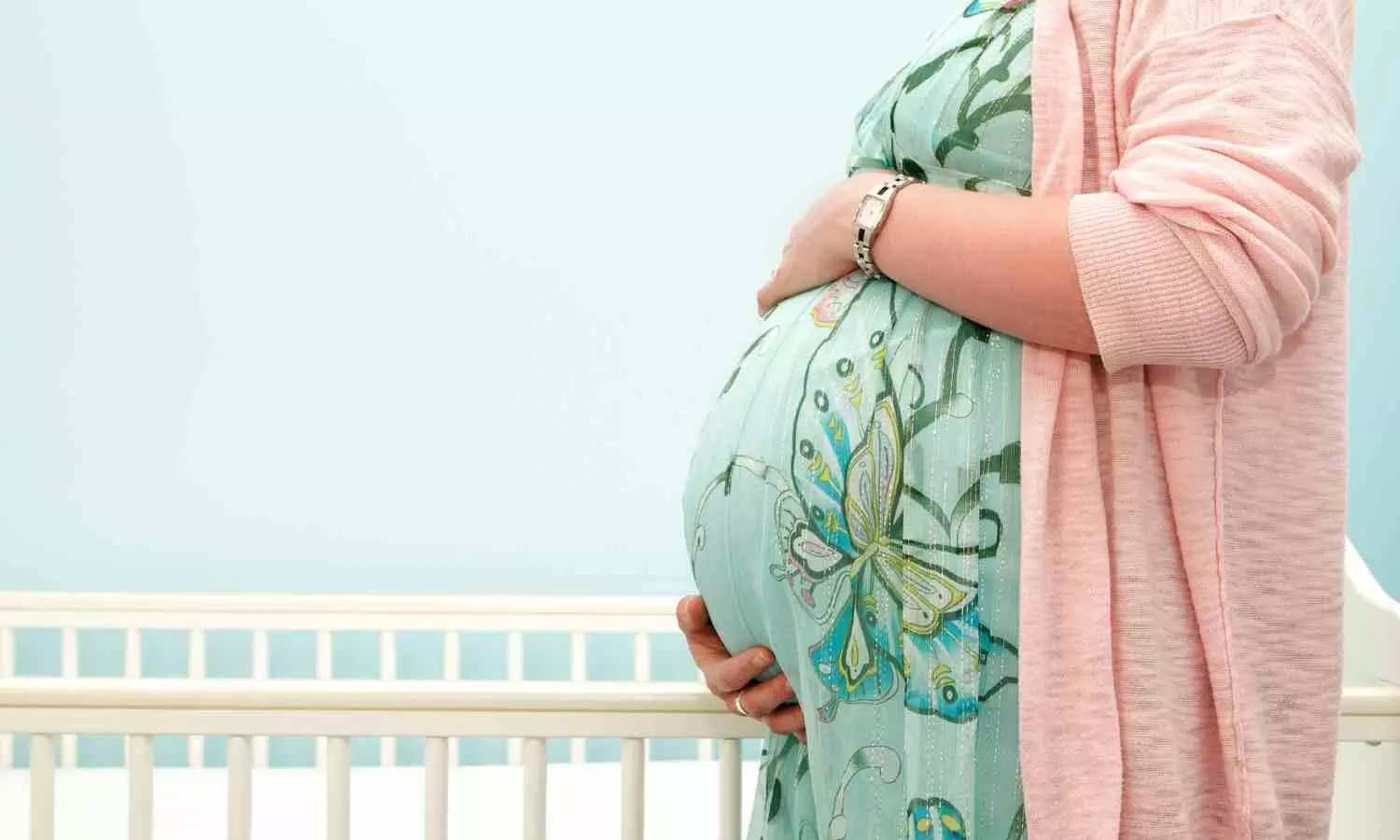
The first stage of labor using artificial means instead of
natural means is called induction of labor (IOL). The most frequent obstetrics
operation is this one. In recent years, the rate has sharply increased.
Pregnant women with diabetes mellitus, postdate pregnancies, preeclamptic patients,
IUGR, and PPROM all undergo it. The technique employed should be efficient
financially and have minimal negative effects since it is the most prevalent
operation. Uterine pressure is more needed for an immature cervix than a ripe
one.
Induced labor is associated with failure to progress,
prolonged labor, fetal distress, and a rise in cesarean sections when the
cervix is not mature enough to allow for a successful vaginal birth. Bishop scoring
measures the ripening of the cervical papilla. When the bishop score is less
than, cervical ripening treatments are suggested. Bishop’s scoring method for
predicting vaginal delivery in multiparas at term while receiving IOL has been
effective repeatedly. Although recognizing its general simplicity and use, it
may be time to reconsider the Bishop Score assessment’s usefulness in
predicting vaginal delivery in contemporary practice, especially in light of
its expanding usage with nulliparous and preterm patients. Finding biomolecular,
imaging, or other signals that predict the cervix’s preparation for vaginal
delivery after IOL is difficult.
The ultimate goal would be to time IOL surgeries
specifically to get the greatest outcomes for each pregnancy. It is common
knowledge that pregnancies over the due date may result in issues for the
fetus, the newborn, and the mother. Risks rise after 40 weeks of pregnancy and
dramatically after 41 weeks, making this the most frequent reason for inducing
labor in the hopes of a vaginal birth. The cervical ripening and labor
induction procedures ideally call for hospital admission. However, individuals
often choose against medical advice to wait for spontaneous labor pains because
they feel uncomfortable. However, government hospitals are often overrun with
patients in a growing nation like India. It is thus desirable to use any
procedure that is both safe and efficient that might reduce hospital stays and
monetary costs without endangering the health of the pregnant woman or the
fetus. Membrane Sweeping (MS), a straightforward technique that is used all
around the globe to encourage cervical ripening, is quite popular. It’s still
unclear when membrane sweeping should be done to guarantee efficacy
An inexpensive and efficient cervical ripening and medical
induction medication is misoprostol, a PGE1 analog. The aforementioned
components could be taken orally or systemically, which is advantageous in
tropical nations with few resources. Pregnant women’s particular requirements
and worries are the main focus of cervical massage during pregnancy. This
specific massage method is intended to lessen the stresses of bearing the
additional weight, hormonal changes, and postural changes intrinsic to the
prenatal period to improve physical and emotional wellbeing. Cervical massage
develops as a complete method for encouraging relaxation, alleviating pain, and
fostering peace for both the mother and the developing baby by fusing expert
touch with a thorough knowledge of the pregnant body. The efficiency of
cervical ripening may be increased, and labor to begin spontaneously before a
formal induction treatment is required by combining membrane sweeping with
cervical massage. This study compares the efficacy of membrane sweeping with
cervical massage in terms of effectiveness. This study’s secondary goal is to
compare the maternal and newborn morbidity connected to the two methods.
A total of 150 low-risk singleton pregnancies with a
Modified Bishop Score (MBS) of fewer than five at 38 weeks of gestation were
included. The experimental group received membrane sweeping with cervical
massage, and the control group, which just received membrane sweeping, was
randomly allocated to the participants. 48 hours after the intervention,
changes in the MBS were used to gauge cervical favorability. Neonatal
morbidity, membrane rupture, intrapartum and postpartum infections, and other
complications were assessed.
The mean ages and MBS of the primigravidae in the two
research groups at induction were similar. After the intervention, the trial
group’s mean MBS was significantly higher than the control groups. Because of
this, primigravidae observed a substantial change in the MBS after the
operation. The experimental group’s adverse effects and neonatal morbidity were
comparable, except cardiotocographic abnormalities were observed more often in
the control group.
The results of the present investigation revealed that
whereas spontaneous labour did not vary in a quantitatively meaningful way
following the intervention, cervical massage is just as efficient as membrane
sweeping in attaining cervical ripening for labor induction at term in
primigravidae.
Cervical massage combined with membrane sweeping is an
alternative to membrane sweeping that might be a suitable choice for
pre-induction cervical ripening in term mothers. This is particularly true when
the cervical os is closed, and membrane sweeping cannot be performed due to the
lack of access.
In addition, the findings of the present research
demonstrated that cervical massage and membrane sweep would not have a negative
impact on the outcomes for the neonates. This research shows a possible
decrease in the time needed for labor induction in the experimental group. This
discovery is important because it may result in less medical intervention and
more effective labor. Therefore, there was insufficient evidence to conclude
that cervical massage amplifies the adverse outcomes for the mother or the
newborn in the present investigation. As a result, this research demonstrated
that membrane sweeping and cervical massage had similar effects on maternal and
newborn outcomes. Thus, cervical massage is a safe intervention regarding the
danger of infection and prelabor membrane rupture. Although the findings of
this study are encouraging, it is important to acknowledge the need for more
investigation. To completely demonstrate the effectiveness and safety of this
intervention, larger sample sizes, different demographics, and long-term
follow-ups are required. It would also be beneficial to look at any variances
in results depending on unique patient characteristics.
Source: Supriya et al. / Indian Journal of Obstetrics and
Gynecology Research 2024;11(1):47–52;
https://doi.org/10.18231/j.ijogr.2024.009
Powered by WPeMatico

